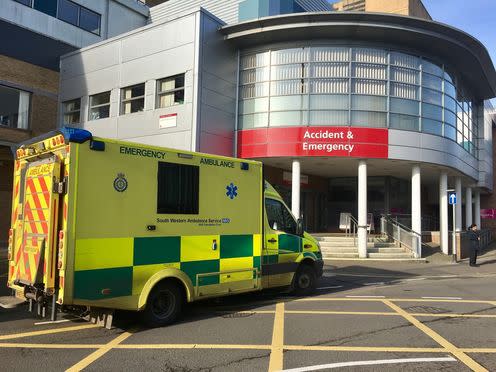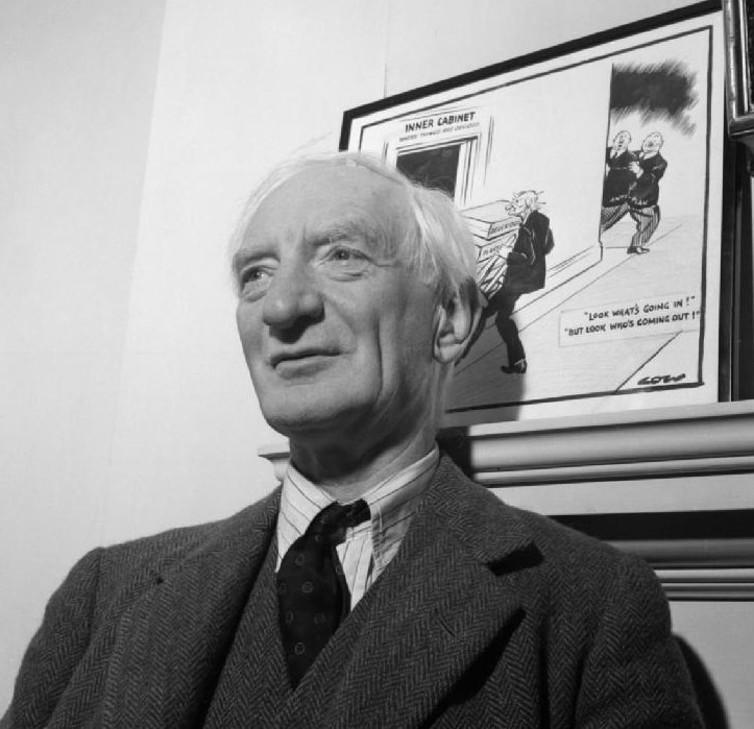Britain's National Health Service: one model, four systems

This article is part of our global series about health systems, examining different approaches from across the world.
Once again the Commonwealth Fund has placed the UK at the top of its 11-country league table of health system performance, a position it has held since the previous report was published in 2014. This accolade might come as a surprise to those fed a daily diet of media stories about the problems facing the National Health Service (NHS).
Hospitals are accumulating ever larger deficits; ever more people are having to wait more than four hours before they are attended to in accident and emergency departments; and there aren’t enough staff, as evidenced by the rising number of unfilled vacancies. Even the Commonwealth Fund found that only 44% of patients and clinicians surveyed in the UK in 2016 said the NHS worked well, down from 63% in 2013. If the NHS is supposed to be the best in the world, how have things come to this?
The Beveridge model
Designed by William Beveridge, the NHS was established in 1948 and is still funded from general taxation and national insurance contributions paid by employees, employers and the self-employed. Almost all healthcare is provided free of charge to everyone, according to clinical need.
Until recently, even holidaymakers could use the NHS for free, but since April 2015 tourists from outside the EU have been required to pay for any care they receive while those planning to stay longer than six months have to pay an annual health surcharge to cover their possible use of the NHS.
The only out-of-pocket payments were introduced for dental care in 1951 and in 1952 for prescriptions, but many people are exempt from charges, including under 18s in full-time education, the over 60s, expectant and recent mothers and people on welfare benefits. And nowadays prescription charges apply only in England, having been abolished in Wales (2007), Northern Ireland (2010) and Scotland (2011).
In 2015, for the UK as a whole, out-of-pocket payments amounted to almost 15% of total health expenditure. Private health insurance accounts for just 3.5% of total expenditure, and this proportion has recently been falling.
Devolved systems
The NHS used to be a single system covering the whole UK, but following political devolution in 1998 it has been run as four separate health systems. The key organisational difference concerns the so-called internal market, originally introduced to the NHS in 1991 when Margaret Thatcher was prime minister. Under these arrangements, geographically-defined commissioning bodies purchase care for their local populations from hospitals.
Since it was first created, these commissioning bodies have been through a series of rebrandings and reorganisations of their form, size, and responsibilities. In 2004, Scotland abandoned the internal market altogether. Wales followed suit in 2009. It remains in Northern Ireland and England, but is constantly being tampered with; the latest proposed reorganisation involves the creation of accountable care organisations, an adaptation of the US Kaiser Permanente model.

Funding control
Each of the UK’s four countries receives a block grant for public services from UK-wide taxes and it can then decide how much of this grant to spend on healthcare, and whether to provide additional funding from other sources. These decisions, and the formula used to calculate the grant, mean that healthcare spending per person varies across the four countries, being highest in Scotland (£2,258/US$2,890 in 2016) and lowest in England (£2,106/US$2,695).
As the NHS is tax-funded, the government determines overall expenditure. The UK currently spends 9.8% of GDP on healthcare and for many years healthcare spend as a proportion of GDP has been one of the lowest among the 21 Organisation for Economic Co-operation and Development (OECD) countries.
NHS funding has become tighter over the last few years. The Conservative-Liberal Democrat government (2010-2015) and subsequent Conservative governments have been less generous in funding the NHS than the previous Labour governments (1997-2010). Annual NHS funding increases since 2010 have been among the lowest since the mid-1970s. These funding increases do not match projected increases in demand even in Scotland, where per capita funding is highest, let alone the rest of the UK.
You get what you pay for
Lower spending translates into fewer healthcare resources. Accounting for population size, the UK has fewer hospital beds, doctors and nurses than the OECD average.
There are longstanding concerns that an under-supply of staff is compromising care with little idea about how to rectify matters. In the past, the NHS has filled vacancies by recruiting staff from abroad. In 2014, 28% of doctors working in the UK were trained abroad, compared with an average of just 9% across EU countries. About 13% of nurses were foreign trained, compared with 2% elsewhere.
Since the Brexit vote in 2016, many foreign-trained staff have already returned home and there has been a 96% drop in nurses from the EU registering to practice in the UK. Given the time it takes to train doctors and nurses, it will be some years before foreign-trained staff can be replaced by homegrown talent.
The most visible way that the NHS copes with tight funding and limited resources is by prioritising urgent above non-urgent care. This means that some people have to wait a long time before receiving advice or treatment.
In England the latest figures show that 1.9% of patients waited more than six weeks to have a diagnostic test, 9.7% waited more than 18 weeks before admission to hospital and 19.5% of those with suspected cancer waited more than 62 days before beginning treatment. Four million people in England are currently waiting for routine surgery, the highest number for a decade.
The latest official statistics show that waiting times have also been increasing in Northern Ireland, Scotland and Wales.
What’s the answer?
Although some think tanks argue otherwise, the consensus, across the political spectrum, is that the NHS should remain a tax-based system. This means that, for NHS funding to increase, either the economy will have to perform well above expectations or taxes will have to rise. But, even if taxpayers allow it, simply spending more money won’t solve all the NHS’s problems.
In the past, extra NHS funding has too often been wasted by politically-driven ambitions, such as capital projects funded by private finance rather than cheaper public borrowing, expensive IT projects and regular reorganisations of some form or another. The government is currently preoccupied with introducing seven-day hospital and primary care services, but doubts have been raised about whether this is the best use of money or the best way to improve health outcomes.
For its part, the NHS has been working harder, providing more care from the resources it receives. NHS productivity has been improving year-on-year and compares favourably with growth of the UK economy. But there is still room for improvement. The NHS could spend money more wisely by reducing unnecessary treatment, unhelpful diagnoses, and unwarranted variations in the quality and costs of care. This can be tackled partly by giving better information to patients, commissioners and clinicians.
But more needs to be done to keep people out of hospital, to support an ageing population with complex combinations of health problems and to encourage everyone to have healthier lifestyles. And although the Commonwealth Fund ranks the UK as having the best health system overall, it comes close to the bottom of the league in terms of health outcomes, having higher rates of infant mortality and of deaths following stroke, poorer cancer survival and lower life expectancy than most of the other comparable countries.
To rectify matters it is imperative that scarce resources are directed to where outcomes are most likely to be improved. Instead of expending energy on further NHS reorganisations, it would be best if political and professional attention was directed at identifying and investing in these spending priorities.
This article was originally published on The Conversation. Read the original article.

Andrew Street has recived project funding from the National Institute of Health Research, the Department of Health's Policy Research Programme, and the European Union. The views expressed are his own.

 Yahoo News
Yahoo News 
